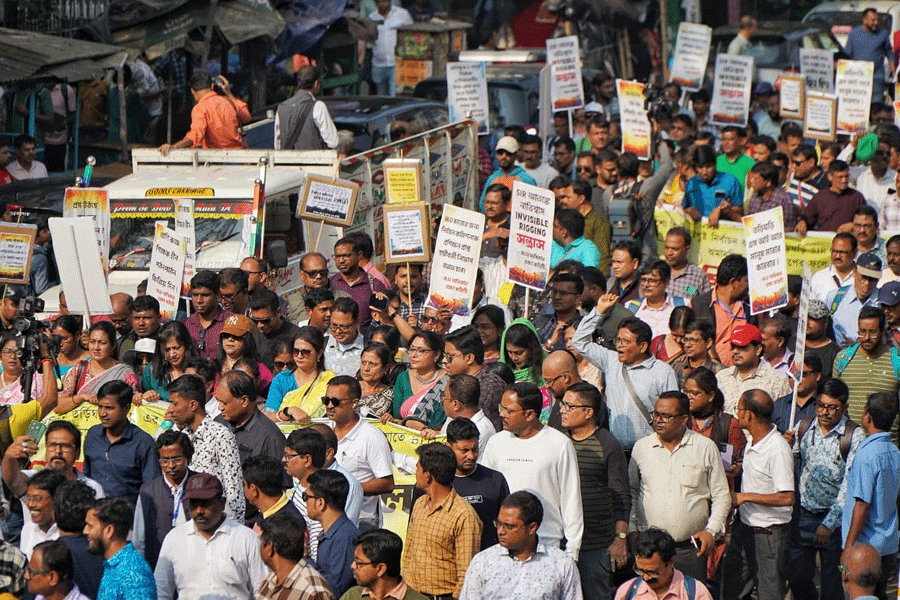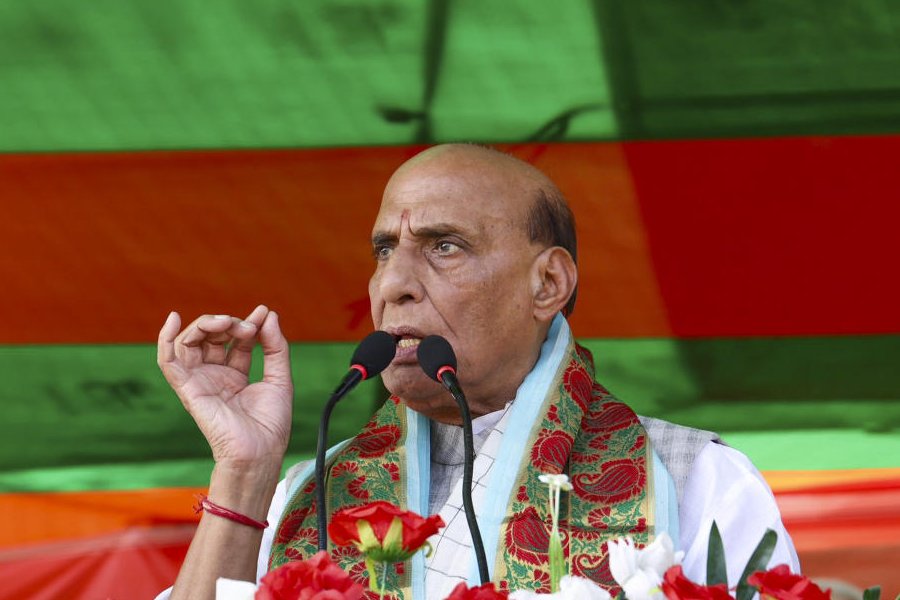 |
Along with food and water, decent housing is a fundamental human need. However, for much of India’s ballooning urban population — expected to go up to 590 million in the next 15 years — access to proper housing remains elusive. Migrant workers are the worst hit in this regard as most cities do not have decent and affordable rental housing.
The government has been mulling over introducing a law on rental housing that could facilitate the construction of large-scale rental housing colonies for those who cannot afford to buy a house. That law may finally take shape as a 19-member “task force on rental housing” headed by Jaithirth (“Jerry”) Rao, chairman, Value and Budget Housing Corporation, submits its report to the central government. The task force was set up last year by the Union ministry of housing and urban poverty alleviation.
According to an estimate of the Planning Commission, urban India has a shortage of more than 26 million homes. Most of the shortfall concerns the economically weaker sections with an average household income of up to Rs 5,000 a month.
Apart from a law on rental housing, the task force has also recommended the setting up of fast-track rental housing tribunals for speedy resolution of rent-related disputes. It suggests that large rental housing projects be granted “infrastructure” status and that tax benefits be given to builders and other stakeholders who develop these projects.
According to sources, the task force will also ask the government to extend concessions to employers who are willing to construct rental houses for their employees.
“Unless we have a law that spells out the incentives to developers in terms of land usage, tax holidays and other benefits, large rental housing colonies will remain a pipe dream in India,” asserts a member of the panel.
Ashutosh Limaye, head, real estate intelligence service, Jones Lang LaSalle India, says the government would do well to accept the recommendations of the task force and implement them. “A law on rental housing is a great move. A majority of Indians will not be in a position to own a house of their own for years. The least the government can do is facilitate rental housing at affordable rates,” he says.
Limaye feels that in the absence of an institutionalised structure to construct rental housing projects, the pressure is on individual property owners to come up with rental houses. This is the main reason for high rental rates in urban areas. If a law is brought in as suggested by the committee, it could even lead to the lowering of rents in urban areas, says Limaye. “That may not happen at one go, but it will happen in the span of two-three years once the rental housing projects come into effect,” he says.
Experts blame the 1960 Rent Control Act (RCA) and the 1976 Urban Land Ceiling Act (ULCRA), repealed in 2005, for having discouraged rental housing in India. While the former protected tenants from eviction and arbitrary hikes in rents, the latter gave the government the right to acquire unused land from private entities in order to provide low income housing. But this never got off the ground in a meaningful way.
“In a way the Rent Control Act destroyed access to affordable rented houses as millions of tenants across the country pay a pittance as rent and continue to squat on properties. This discourages people from building rental homes. In fact, many owners prefer to keep their houses vacant rather than letting them out,” says Sushant Singh, a Delhi-based advocate and property expert.
Singh says that the RCA needs to be amended too if any new law on rental housing is brought in the country. “What we need is a law that balances the interests of landlords and tenants,” Singh says.
Developers say that they are ready to build large rental housing projects if the government gives them incentives. “Developers in India have focused on building houses for first time buyers, but if the government gives us incentives to build huge colonies for rental housing, we can easily do that,” says Gulam Mustafa, general manager, Infinite Dwelling, a Bangalore-based real estate developer and a member of the Confederation of Real Estate Developer’s Associations of India (CREDAI).
Experts say that a new law should also make provisions for the maintenance and management of these rental housing colonies.
Rental housing is a huge hit in Western countries where real estate investment trusts (REITs) are assigned to buy properties. These are in turn put on rent. These could be individual investors or small groups of multiple house owners acting collectively. “This is a very innovative way of luring people to buy houses with the purpose of giving them on rent. They have the safety of working in a group and can pay off loans from the steady flow of rental incomes,” says Limaye.
Maharashtra is one state where some effort has been made to develop rental housing for the economically weaker sections of society. The Maharashtra Housing and Area Development Authority (MHADA) and Mumbai Metropolitan Region Development Authority (MMRDA) have been involved in that effort. MMRDA has lured private builders through innovative schemes to build rental housing projects.
“Rental housing is not much of an issue at the upper end of the market — the problem is at the lower end,” says Dhaval Monani, founder and CEO, First Home Realty Solutions. “The lower end has a much higher rental yield than the upper end of the market and consequently a higher default risk.”
Relaxing floor space index (FSI) norms for developers and asking them to build rental housing in return is one option a law could look at, say experts. FSI is the ratio of the total area covered by a building to the area of the land on which it is developed. For example, if the FSI in a city is 3, a developer can construct a building whose total area can be three times the size of the plot. FSI ratios differ from city to city in India.
MMRDA allows builders an FSI of 3 (Mumbai has 2 FSI in most places) if they use one-fourth of the plot to build rental homes. These rental flats are handed over to the MMRDA free of cost, which are then allocated to low income households at affordable rates.
Perhaps a new law could look at this model too. Indeed, with a specific law to deal with and facilitate the building of rental housing, much of the problem of the proliferation of unhygienic urban slums could be solved.











